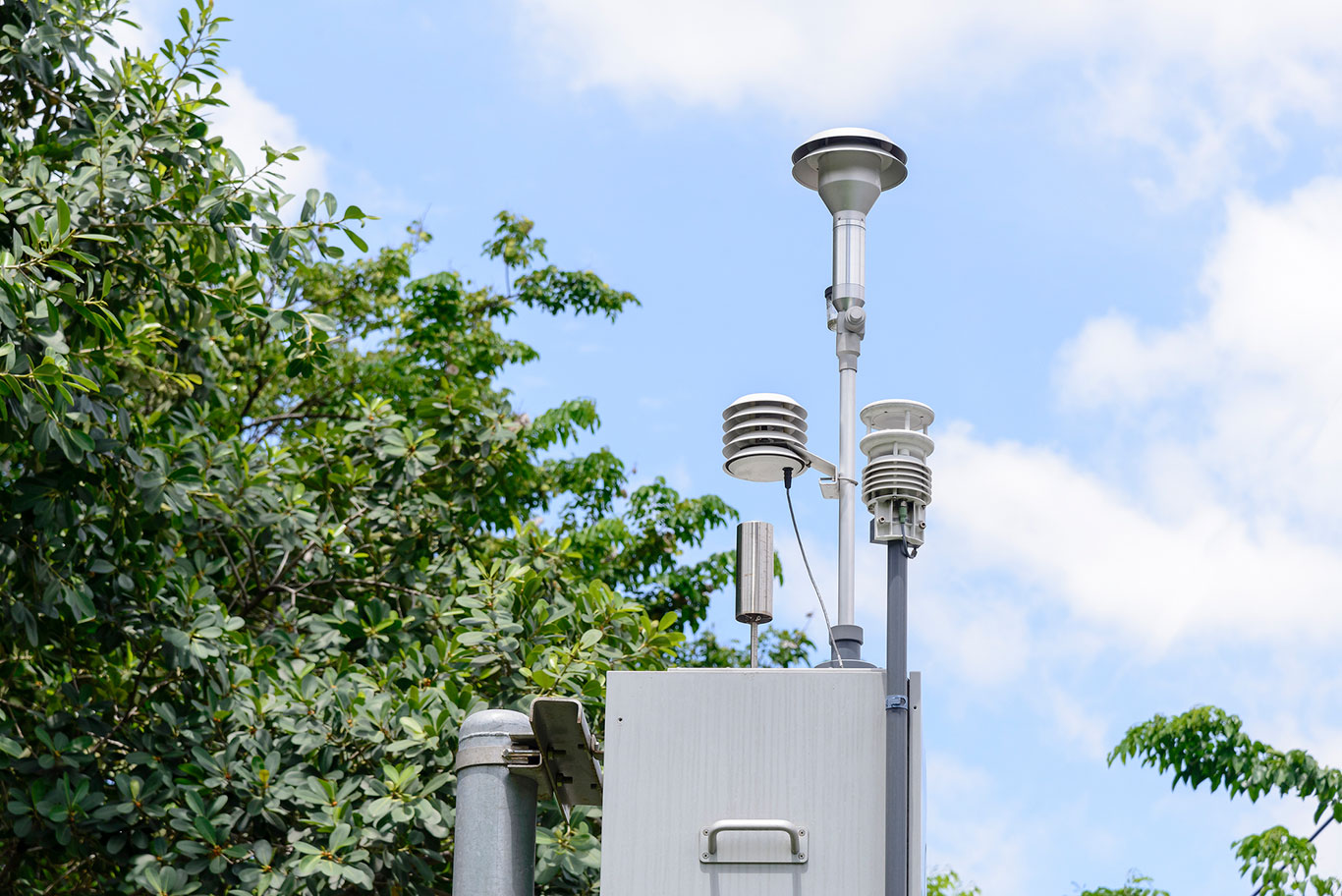In today’s tightly regulated planning environment, an air quality report has become an essential document for most development projects across the UK. Whether you’re planning a new housing estate, commercial premises, or infrastructure upgrade, understanding the impact on local air quality is not just good practice—it’s often mandatory.
In this article, we explore why an air quality report is crucial, what it includes, and how it supports a smooth and successful planning application process.
What Is an Air Quality Report?
An air quality report evaluates current and future air pollution levels associated with a proposed development. It’s typically required as part of a planning application—especially in locations near traffic hotspots or within Air Quality Management Areas (AQMAs).
Rather than just “testing” air onsite, the report combines environmental data, modelling, and expert analysis to predict how a development will affect pollutant levels.
Common pollutants assessed include:
- Nitrogen dioxide (NO?)
- Particulate matter (PM?? and PM?.?)
- Carbon monoxide (CO)
- Sulphur dioxide (SO?)
- Volatile organic compounds (VOCs)
Why an Air Quality Report Matters for UK Developers
1. Support Planning Permission
Local authorities increasingly demand a professional air quality report, particularly when a development:
- Is near major roads or traffic hubs
- Falls within or close to an AQMA
- Is likely to increase traffic volumes
- Involves high-density or large-scale building
Failing to provide a robust report may lead to planning delays or refusals.
2. Protect Public Health
Air pollution is a major health concern in the UK. A well-prepared air quality report ensures developments do not worsen local air quality or harm nearby residents, schoolchildren, or future occupants.
3. Design Smarter, Greener Projects
The findings of an air quality report allow architects and planners to:
- Rethink building orientation
- Add natural buffers or green walls
- Design effective ventilation systems
- Plan for sustainable travel and fewer emissions
4. Avoid Expensive Changes Later
Catching air quality issues early can prevent costly redesigns, legal challenges, or retrofitting mitigation measures after approval.
What Does an Air Quality Report Involve?
Step-by-Step Breakdown
1. Site Assessment
- Identify key pollution sources nearby
- Analyse traffic patterns and land use
- Note proximity to receptors like homes or schools
2. Modelling and Analysis
- Use industry-standard dispersion modelling tools
- Predict future air quality scenarios post-development
3. Benchmarking
- Compare against UK air quality objectives
- Refer to DEFRA and Institute of Air Quality Management (IAQM) guidance
4. Mitigation Strategy
If adverse impacts are found, the report will propose measures such as:
- Planting trees and vegetation buffers
- Altering building layouts to reduce exposure
- Introducing travel plans to lower vehicle use
- Installing green infrastructure
5. Reporting for Planning
A fully detailed technical report is submitted with your planning application, tailored to meet local authority expectations.
When Is an Air Quality Report Needed?
A report is typically required when:
- The site is near a major road or congestion zone
- It lies within or adjacent to an AQMA
- The proposal increases traffic or emissions
- It involves large-scale development or sensitive uses (schools, care homes, etc.)
Tip: Speak to your local planning authority early to confirm if a report is needed.
Why Choose Hawkins Environmental?
At Hawkins Environmental, we specialise in delivering planning-compliant air quality reports across the UK. We help developers avoid delays, satisfy local authorities, and protect community health.
Our services include:
- Professional dispersion modelling using ADMS and AERMOD
- IAQM-compliant reporting accepted by councils nationwide
- Early-stage advice to prevent costly delays
- Fast turnaround to meet submission deadlines
Your project deserves expert support at every stage. With Hawkins Environmental, your air quality report will be detailed, trusted, and ready for planning submission.
Visit our Air Quality Assessment page to learn more or speak to our team today.
Phone: 01256 522332
Email: enquiry@hawkinsenvironmental.co.uk
Frequently Asked Questions (FAQs)
Q1: How long does an air quality report take?
A1: Desktop modelling assessments can be completed in days. On-site monitoring, when required, typically takes 3 to 6 months to collect valid data.
Q2: Is an air quality report mandatory for all developments?
A2: Not always, but most urban or traffic-adjacent developments will require one. Check with your local planning authority.
Q3: What if the report finds poor air quality impacts?
A3: The report will outline mitigation options. These could include design changes, adding vegetation, or promoting sustainable transport.



